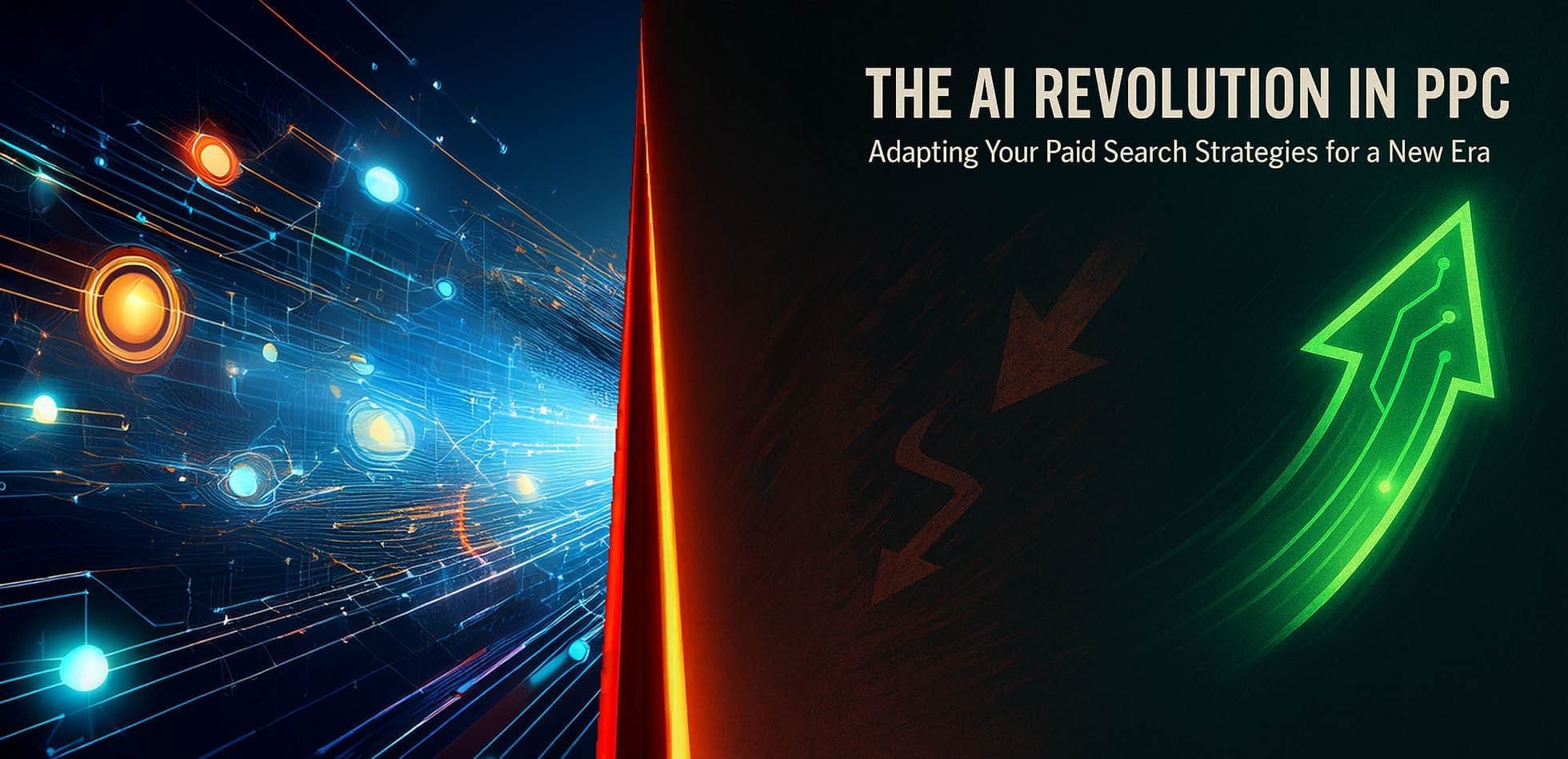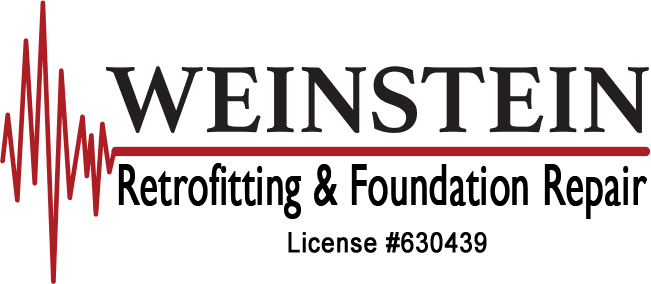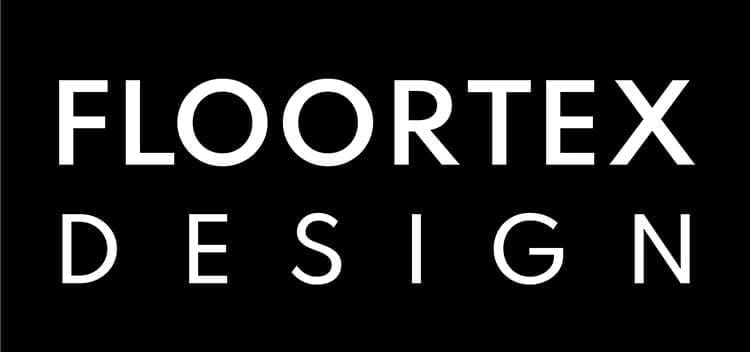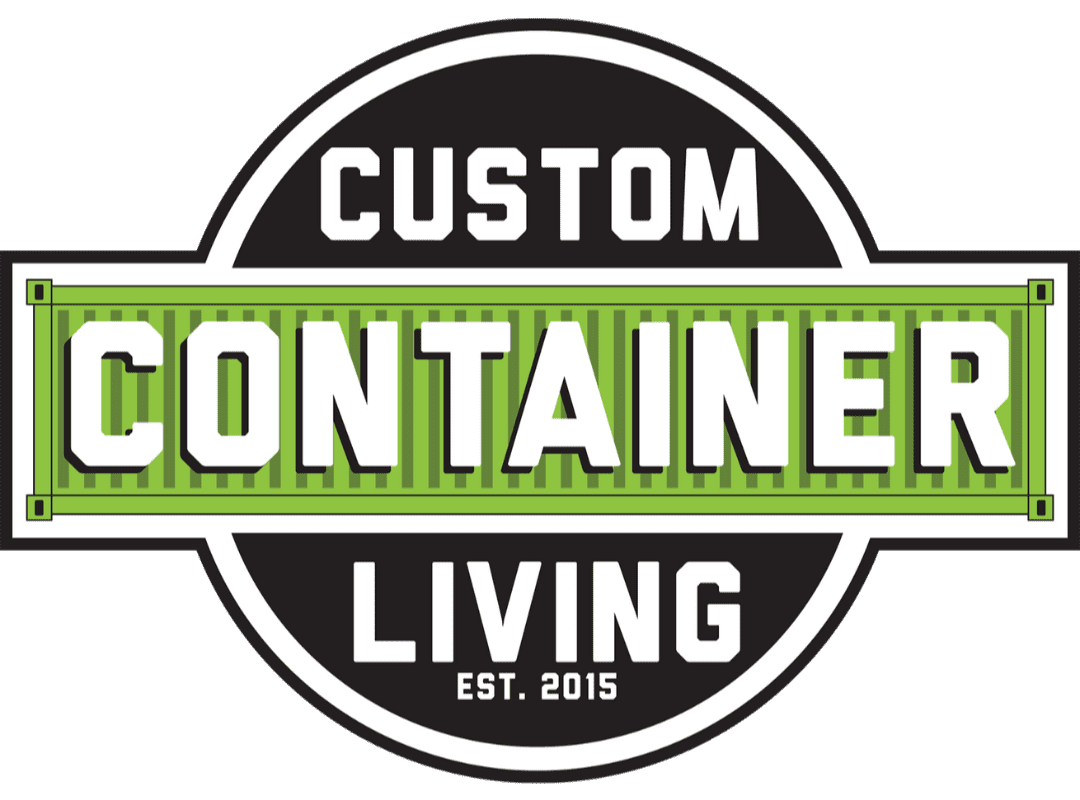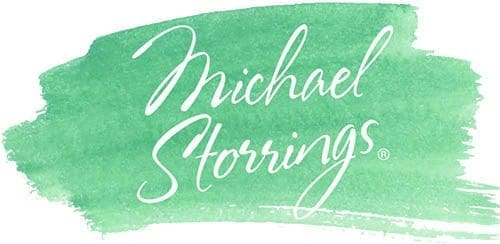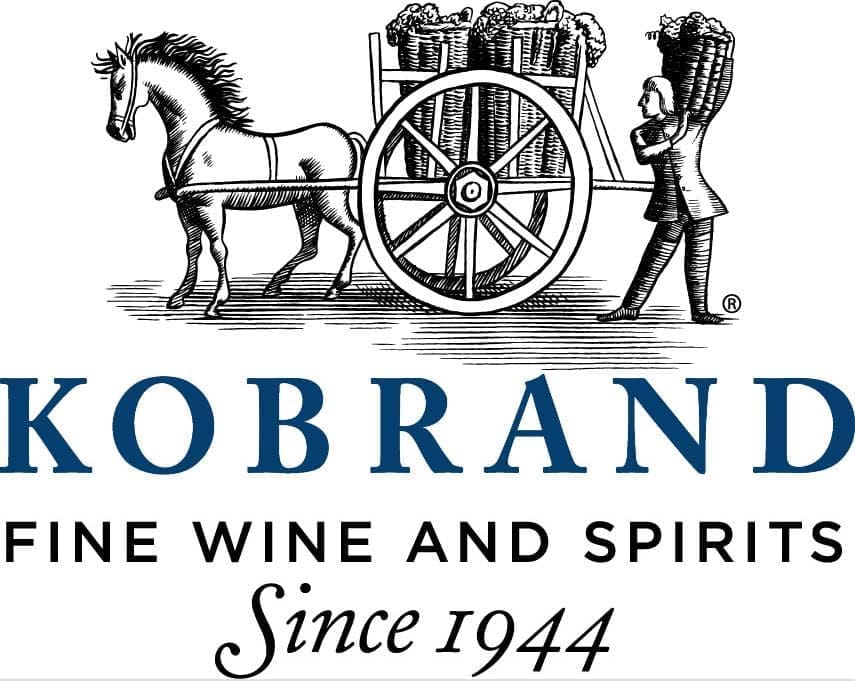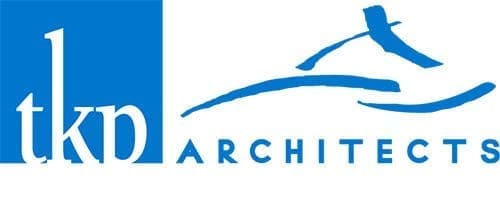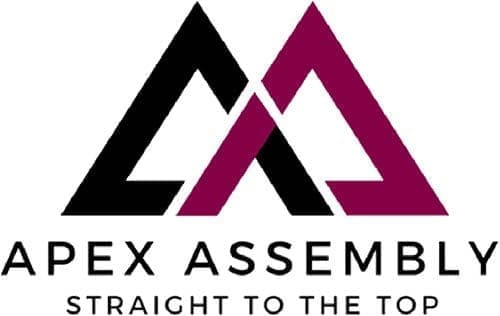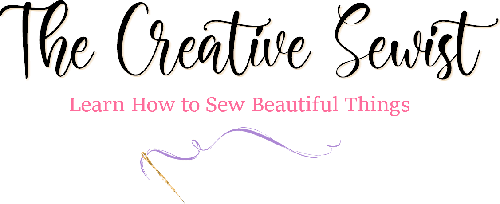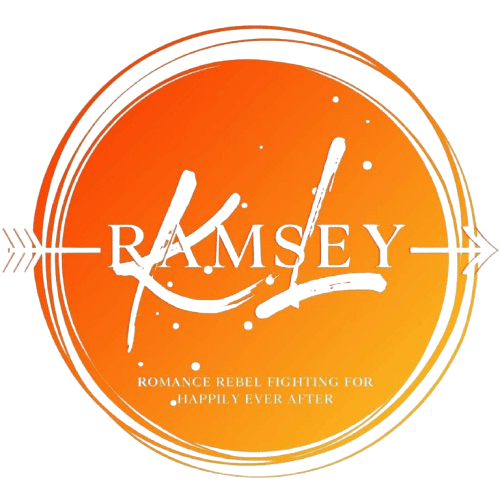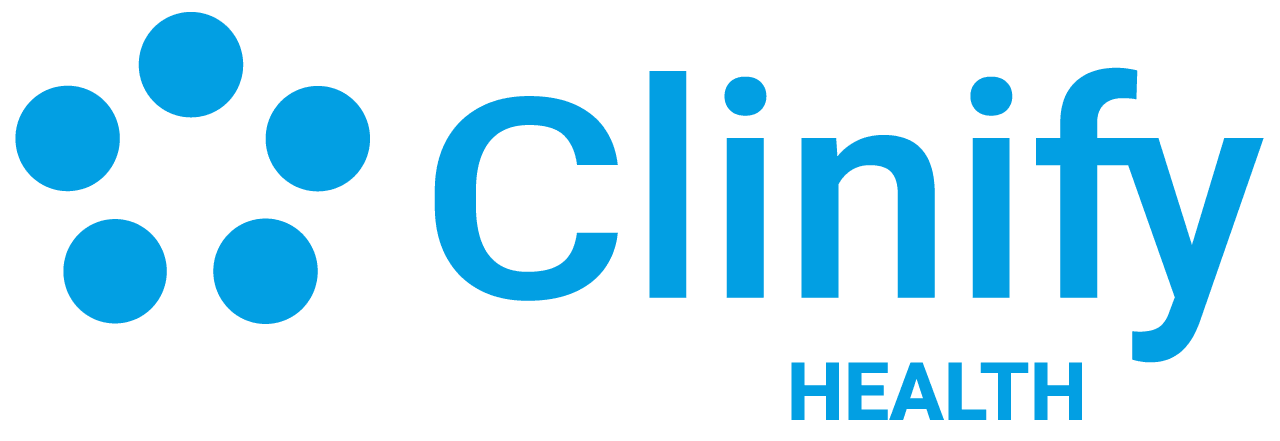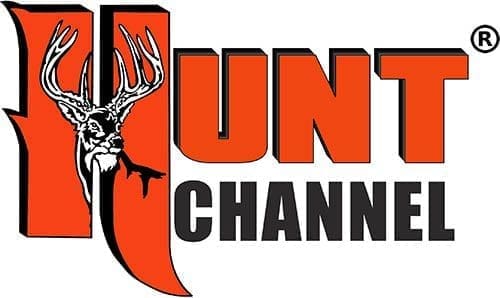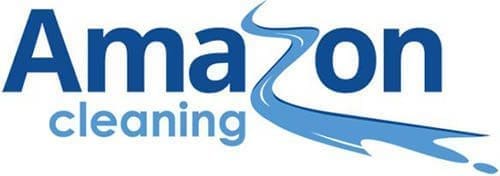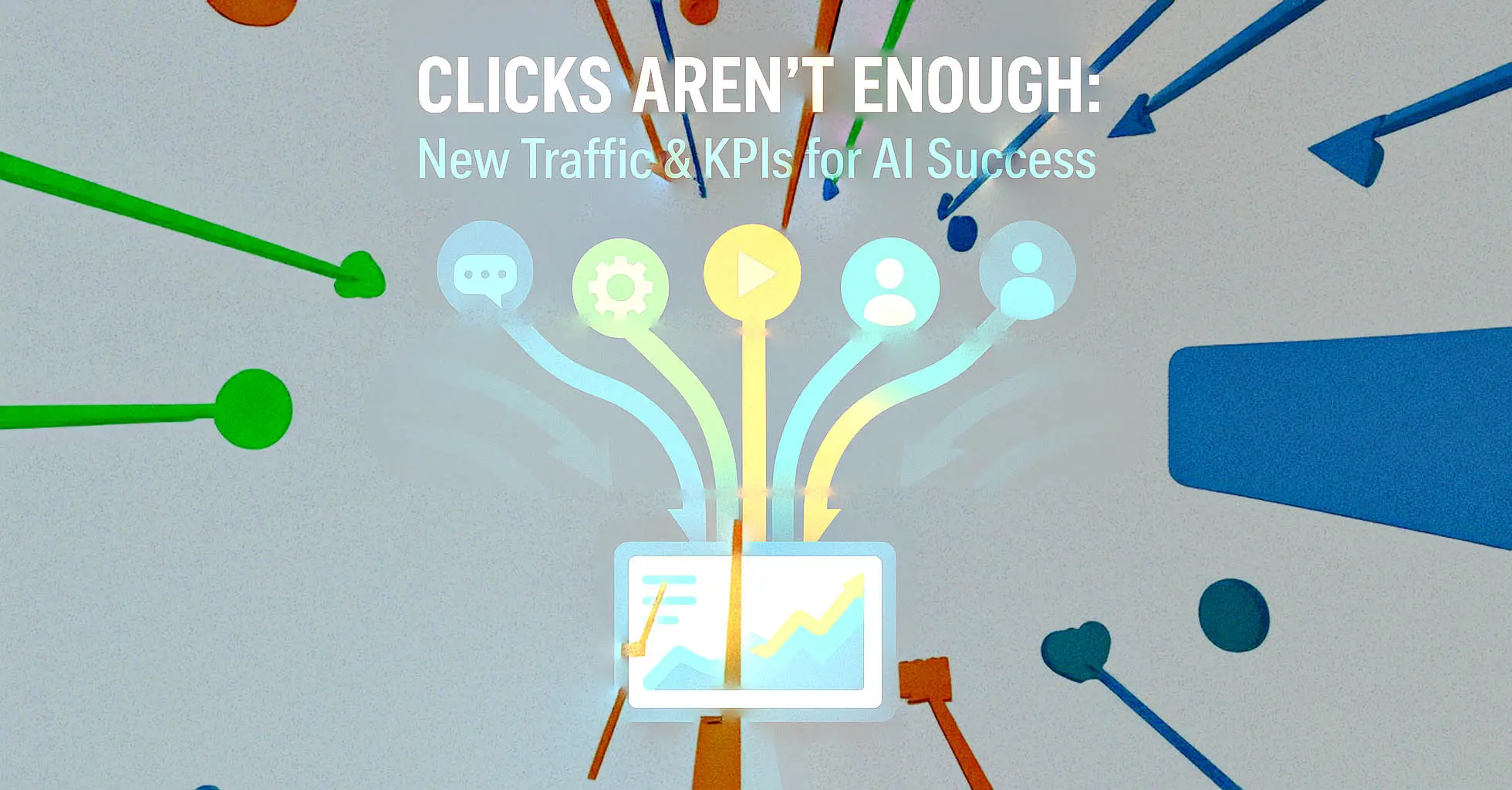The AI Revolution in PPC: Adapting Your Paid Search Strategies for a New Era (The No-Nonsense Rewrite)
Alright, let’s get straight to it. Paid-Per-Click advertising? If you think it’s just “evolving” because of Artificial Intelligence, you’re missing the earthquake. AI isn’t just reshaping PPC; it’s tearing up the old playbook and writing a new one, in real-time. As of right now, in 2025, AI is the operational core of paid search. This whole revolution? It’s a double-edged sword. On one hand, you’ve got big challenges – AI Overviews potentially gobbling up clicks your ads used to get. No fun. But on the other? Immense opportunities for smarter targeting, truly automated optimization, and creative that actually, finally, performs.
So, what’s the takeaway for PPC marketers and businesses? Simple. Adapt or become a dinosaur. Sticking to those comfortable, outdated PPC strategies? That’s a fast track to watching your returns dwindle and your competitors wave as they pass you by. Harsh? Maybe. But necessary. This guide is designed to arm you, not with fluff, but with the real-deal knowledge and strategies to navigate, leverage, and frankly, thrive in this AI-powered PPC world. Let’s dive in.
The SERP Isn’t What It Used To Be: AI Overviews, Ad Visibility, and Shifting User Habits
The most in-your-face impact of AI on PPC? It has to be how the Search Engine Results Page (SERP) itself has transformed. AI Overviews (AIOs) and other generative AI features are now major players. That prime real estate at the top, “position zero”? AIOs are squatting there, often pushing your meticulously crafted paid ads further down the page.
Is PPC dead then? Don’t be dramatic. But the game has fundamentally changed. Where your ads show up relative to these AIOs now seems to change with the wind, depending on the query type – informational, commercial, transactional – and whatever A/B test the search engines are running this week.
And your Click-Through Rates (CTR)? Yeah, let’s talk about that. For many queries, especially the informational ones, AIOs often mean users get their first bite of information directly from that AI summary. The result? Potentially fewer clicks on your ads if they’re sitting below that big block of AI-generated text. Your ads aren’t just fighting other ads anymore; they’re up against a rich summary that often nails the user’s initial question.
This changes how people search, too. They’re adapting. They might scan the AIO, get the basics, and then what? They’ll only scroll further and click your ad if it offers something compellingly different, something that clearly addresses their next question, or if their intent is much more specific. This puts enormous pressure on your ads. They must deliver immediate, super-relevant value to even earn that click. The impact isn’t even the same for all ad types. Text ads feel this directly. Shopping Ads, for those “I want to buy something now” queries, often hold their ground, sometimes even appearing alongside AIOs. But here’s a troubling thought: what if AIOs get even better at commercial research, summarizing product features right there on the SERP? That could hit clicks even for your bottom-of-funnel queries. We have to think about PPC’s role in a whole new light.
Meet Your New Co-Pilots: AI-Powered Tools in Ad Platforms
Now for some good news. The big ad platforms – Google Ads, Microsoft Advertising, you know the names – haven’t been sleeping. They’ve deeply embedded AI into their campaign management tools. Using these isn’t a luxury anymore; it’s how you stay competitive.
Consider automated bidding. Seriously, are you still manually tweaking every bid? AI-driven strategies, like Google’s Target CPA or Target ROAS, analyze a mind-boggling amount of real-time signals (device, location, user behavior, auction dynamics, the phase of the moon – okay, maybe not the last one) to set optimal bids. Humans can’t keep up with that, not at scale. But here’s the kicker: these AI models are hungry for your conversion tracking data. The more accurate and plentiful your data, the smarter they get. So, job one is clean data. Then, it’s about picking the right automated strategy for your specific goals and giving the AI clear objectives and enough room to learn.
And audience targeting? AI is a game-changer here too. Predictive audiences? Check. AI algorithms sift through user data to predict who’s likely to convert, automatically building high-intent segments. Tools like Google’s “Optimized Targeting” don’t just find users; they dynamically refine these audiences based on performance. Plus, AI significantly boosts the power of lookalike or similar audiences, helping you find new, relevant prospects.
What about your actual ad creative? Responsive Search Ads (RSAs) are basically AI’s playground. You feed it headlines and descriptions, and AI tests countless combinations, figuring out what works best for whom. Platforms are even offering AI-powered suggestions for copy. And get this: we’re seeing AI tools that can draft ad copy and even suggest visuals, especially for broad campaigns like Performance Max (PMax). PMax itself is a beast, using AI to automate almost everything across a platform’s inventory. The catch? You must feed PMax diverse, high-quality creative assets and have crystal-clear conversion goals. Yes, these AI campaigns can sometimes feel like a “black box” with less granular control, but your job is to learn how to guide the machine effectively. Even mundane stuff like budget allocation and pacing? AI is optimizing that too. Pretty smart, right?
Time for a Strategy Overhaul: Evolving Your PPC Approach for This AI Era
If you want to thrive, not just survive, your PPC strategies need more than a tweak; they need an evolution. So, where should you focus?
Let’s start with keywords. In this increasingly semantic world, obsessing over endless lists of long-tail exact match keywords is less critical. Does exact match still have a role? Sure. But broader match types, when intelligently paired with smart bidding and an iron-clad negative keyword list, are gaining importance. Why? Because AI is getting much, much better at understanding the intent behind a user’s query, not just the literal words. Your focus should shift to broader themes, the user problems you solve, and the underlying intent. And that negative keyword list? It’s your new best friend for guiding the AI and preventing wasted ad spend. Non-negotiable.
Now, your ad copy. It has a new, very informative neighbor called the AIO. Your ad must stand out. Does it clearly scream your unique value proposition (UVP)? What makes your offering better or different from what an AI can quickly summarize? Think about that. Focus on benefits like stellar customer service, unique product features, rock-solid guarantees, brand trust, specific promotions. Here’s a pro tip: try crafting ad copy that anticipates and directly answers the next logical question a user might have after scanning an AIO. And your calls to action (CTAs)? Make them strong, clear, and irresistible.
What happens post-click? The landing page experience (LPX) is under intense scrutiny. If AIOs are handling some initial info-gathering, your landing page must deliver exceptional value and a seamless path to conversion immediately. User patience for slow, confusing, or irrelevant pages? Gone. Zero. Ensure an iron-clad alignment between your ad copy, landing page content, and the user’s likely intent.
And please, don’t run your PPC in a silo! Integrate it with your organic SEO and content strategy. Use your PPC data – what queries perform well, what ad copy resonates – to inform your organic efforts. Content you create for SEO might then get picked up by AIOs! Conversely, analyze the AIOs in your industry. What are they saying? What sources are they using? Use that intel to refine your PPC ad copy and landing pages. Aim for a holistic SERP presence where your paid ads, organic listings, and potential AIO citations all work together. Oh, and keep an eye on voice search (think conversational queries) and the early days of conversational ad formats. This field doesn’t stand still for a second.
Measurement & Attribution: Good Luck with That (Just Kidding, Mostly)
AI, especially with AIOs, certainly makes traditional PPC measurement and attribution a lot more… interesting. How do you account for AIO interactions, which often don’t involve a click on your ad, in your models? It’s tough. Last-click attribution? It was already on shaky ground; now, its limitations are glaring. We absolutely need more sophisticated, data-driven attribution models – often AI-powered themselves – to analyze all conversion paths and assign credit more accurately across multiple touchpoints.
You also need to get creative measuring the “influence” of your ads beyond just raw clicks. What can you do?
Look into Brand Lift Studies. They can help gauge PPC’s impact on awareness and consideration, even if clicks are down.
Keep a close eye on your Impression Share for key terms. Are you even visible?
Try some correlational analysis. Do periods of increased ad exposure (impressions) line up with later bumps in direct traffic, branded searches, or unassisted conversions?
Consider Customer Journey Analytics Platforms if you can. These tools try to map those complex paths.
And first-party data? It’s no longer just important; it’s your lifeline. With third-party cookies becoming a relic, your CRM data, website sign-ups, and purchase history are critical for fueling AI targeting and providing rich signals for optimization algorithms. But none of this works without the absolute bedrock: accurate and comprehensive conversion tracking. Get this wrong, and all your AI-powered PPC optimization is just guesswork. Robust solutions like server-side tagging and Google’s Enhanced Conversions? Non-negotiable.
The Future of PPC: What’s Coming and How Not to Get Left Behind
This AI revolution in PPC? It’s still in its early innings. What’s next? Expect even more AI autonomy in campaign management. This means marketers will increasingly become strategic directors, setting goals for the AI, feeding it high-quality inputs (data, creatives), and focusing on deep performance analysis. We’re heading towards hyper-personalization of ads at a scale we’ve only dreamed of, with AI tailoring messages in real-time to individual user context. And AI tools will get even better at providing predictive analytics for PPC budgeting and forecasting.
Of course, with great power comes great responsibility. Ethical considerations around potential AI bias in ad targeting and data privacy will (and should) grow, likely leading to new regulatory frameworks. The role of the PPC specialist? It’s a massive transformation. Less manual tweaking, more strategic orchestration, data science, creative consultation (guiding AI tools), and becoming an expert in that fascinating intersection of AI algorithms and human psychology. Are you ready to evolve? You have to be.
AI Isn’t Taking Your Job, It’s Changing It (So, Change With It!)
Let’s be crystal clear: Artificial Intelligence is not a threat to PPC advertising’s existence. It is its next, very significant, evolution. For businesses and marketers who are willing to adapt, to learn, and frankly, to get a little uncomfortable, AI offers unprecedented power. The power to reach the right audiences with the right message at precisely the right time, and to do it with an efficiency that was previously unimaginable.
Success in this new era isn’t about fighting AI. It’s about understanding what it can do and what it can’t. It’s about giving these systems clear goals and high-quality inputs – accurate conversion data, diverse creative assets, strong first-party audience signals. And, most importantly, it’s about maintaining that crucial layer of strategic, analytical human oversight. The future of paid search is a dynamic partnership between human ingenuity and artificial intelligence. Embrace it, learn relentlessly, and you can position your PPC efforts for real, sustained success. Don’t get left behind.
Clients Who Trusted Us
We establish strong business relationships with our clients and have a vested interest in their success. We pride ourselves in being that trusted partner who our clients can rely on and have the confidence their best interests are being served. Here are just some of the many client partners who have trusted us.

